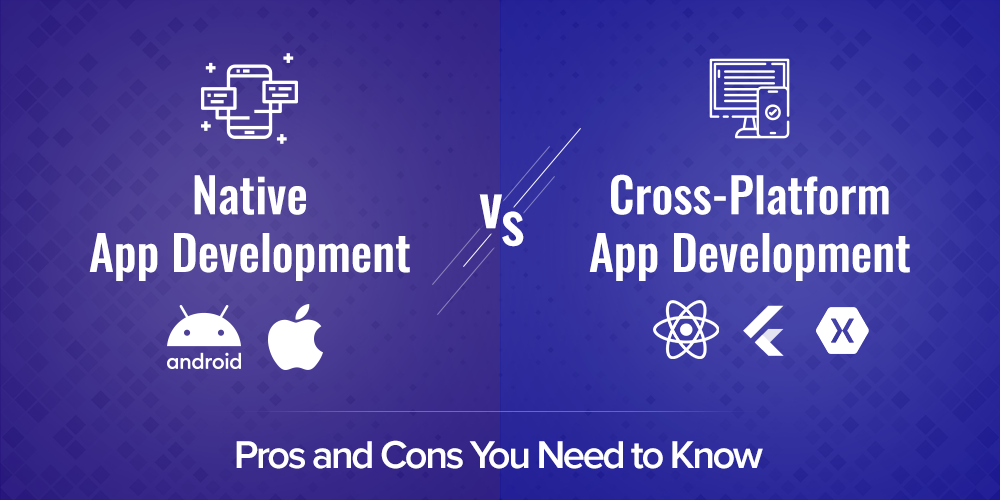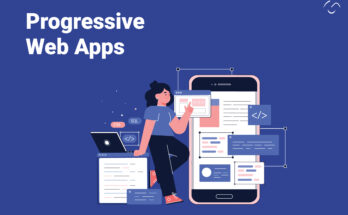In the exciting world of app development, two big players often take center stage: Cross-Platform and Native development. But what do these terms really mean, and how do they impact the apps we use every day? Let’s embark on a journey to explore the pros and cons of Cross-Platform and Native app development in simple terms.
Cross-Platform Apps:
Imagine you have a magical tool that allows you to create an app that works on both iOS and Android without having to write the code twice. That’s the charm of Cross-Platform development! It’s like building a house with the same set of blueprints for different types of bricks. Tools like Flutter and React Native make this possible.
Pros:
- Save Time and Money: With Cross-Platform, you can write the code once and use it for different types of phones. This means less work for developers, which can save time and money.
- Faster Development: Since you’re writing code for multiple platforms at once, it can be quicker to get your app up and running.
Cons:
- Limited Access: Sometimes, Cross-Platform apps may not have access to all the features of a specific phone. It’s like having a cool toy but not being able to use all its functions.
- Less Tailored Experience: The app may not feel as “at home” on each type of phone. It’s like wearing one-size-fits-all shoes – they might work, but they won’t be as comfy as a pair that’s just right for you.
Native Apps:
Now, think of Native apps as tailor-made outfits. They are specifically crafted for a particular platform – either iOS or Android. Each app speaks the language of the device it’s on, using Swift or Objective-C for iOS and Java or Kotlin for Android.
Pros:
- Optimized Performance: Native apps can take full advantage of a phone’s features, providing a smooth and high-quality experience. It’s like driving a car designed specifically for the road you’re on.
- Platform-Specific Features: You can use all the cool features of a specific phone, making the app feel like it belongs there. It’s like having a secret handshake with your phone.
Cons:
- Higher Costs: Developing separate apps for different platforms can be more expensive. It requires more time and resources since each version needs its own codebase.
- Learning Curve: Developers need to learn the specific languages for each platform, which can be like learning different languages for travel – it takes time to become fluent.
So, which one is better for you?
If you’re on a tight budget and want a quicker development process, cross-platform might be the way to go. However, if performance and a tailored user experience are your top priorities, native development is the way forward.
In conclusion, each approach has its pros and cons, and the right choice depends on your specific needs and priorities. Take the time to weigh the options and consider your project’s requirements before diving into app development. Whether you go cross-platform or native, the goal is to create an app that users will love and enjoy using!
At eDreamz, we’re here to turn your dreams into reality with a special recipe for success: top-notch services that won’t break the bank. Reach out to us at sales@edreamztech.com, and let’s bring your vision to life.



